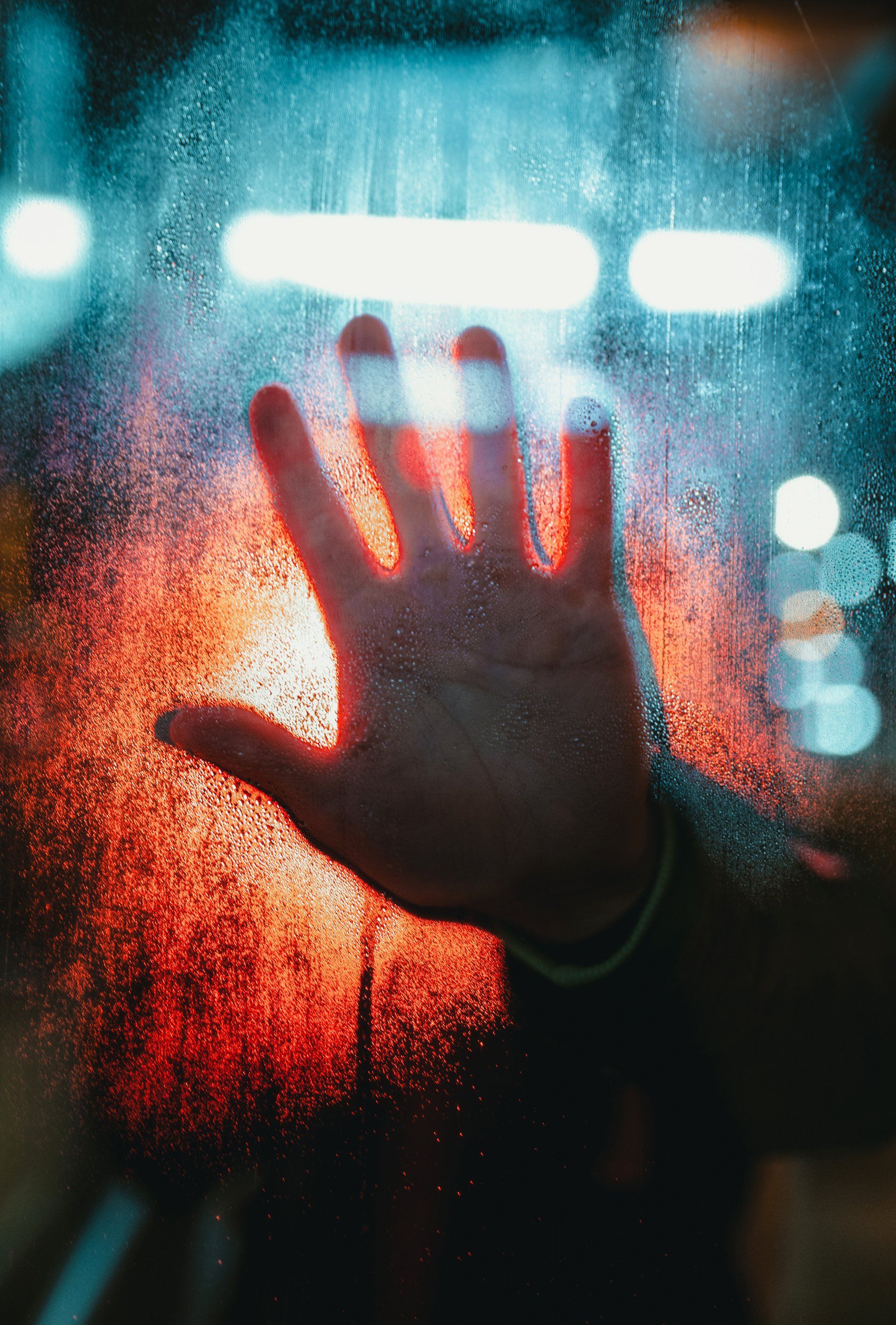UV Light, Human Health, and Safety
An Essential Guide
In order to create safe UVC LED light technology to disinfect spaces against Covid, we need to know all about UV light. Here's everything you need to know about the light itself, its range and spectra, and the effects it can have on the human body.
Our Covid disinfection lights are ultra-safe, as safe as we can make them. But for 100% safely, like with any other UVC light tech, humans and any other living creatures should leave the space before you switch the lights on!
All about UV light
Deep ultraviolet or UVC light emitting diodes or LEDs are a source of radiation, so you must take precautions. The UV range of the electromagnetic radiation spectrum is 10 nm to 400 nm, and some wavelengths and exposure times can harm your eyes and skin. While UVB radiation is widely recognised as harmful to human skin, with links to skin cancer, the UVA, UVB and UVC versions come with different risks.
- UVA light - 315 nm to 400 nm
- UVB light - 280 nm to 315 nm
- UVC light - 200 nm to 280 nm
- UV Vacuum - 100 nm to 200 nm
As a rule, the lower wavelengths mean higher frequency radiation plus more energy per photon, a photon being a wave/particle of light.
UVC radiation means light with a wavelength shorter than 280 nm. These are totally absorbed by the atmosphere as they stream in from deep space, so no natural UVC radiation reaches earth's surface. We only get these lights from artificial sources like UVC LEDs.
Because the intensity from point sources like UVC LEDs falls off as you move away from it, the further away you are from a UVC source the less you're exposed. Because the absorption length of UVC radiation in humans is so short, almost no UVC radiation can get at your living cells, it is all absorbed by layers of dead cells.
The corneal injury called Welder's Eye is a result of direct over-exposure to UVC light, along with temporary skin damage where the skin goes red and feels sore. Both heal within a couple of days. But humans' vulnerability to the light means there are some strict safety recommendations around the use of UVC LEDs, to protect the eyes and skin. High levels of UVC exposure can leave you with serious burns, prematurely aged skin and worst case skin cancer. This is why our lamps have many safety features built in so exposure to UVC is never an issue.
Does UVC light penetrate Personal Protective Equipment (PPE)?
UVC light is easily absorbed by clothes, plastic, even glass. And once it's absorbed, UV radiation isn't active any more.
We train the people operating our machines to leave the room as soon as the UV disinfecting light is switched on, and wear PPE when working with our equipment. UV goggles and/ full-face shields are also useful. You can protect your eyes using ANSI Z87 rated safety glasses with a wrap-around lens. And it's good to cover all exposed skin as well.
Safe by design
We've reduced the risks behind UVC exposure through excellent product safety design and controls.
- Our 4 Bay UVC units have built in 'on-board' Radar sensors which immediately switch off should the room be accidentally entered.
- Custom controls are available with wired-in on/off switches with visible countdown timers at the door so it’s clear how long the sanitising time has left to run.
- External switches enable you to turn off the UVC before you enter should the room need to be entered before the disinfection time has finished thus never exposing people to UV light.
- Radio remote On and Off switching only accessible by authorised people.
- Switch locations can be easily locked or password protected.
- Authorised Electrical Certified Installers.
- Regular monitoring.
- On-Site Training Educating Users and Maintenance Personnel.
- Appropriate Signage.
You'd have to try very hard to expose yourself to UVC with one of our machines! It's very difficult to get things wrong, they're designed with simplicity at their heart, and once you've been trained in using them – which is actually very simple and straightforward – you'll feel safe and confident, and everyone who enters a disinfected space afterwards will be well-protected against Covid infection.
Want to know more or see our lights in action?
We're always pleased to talk about our lights. In fact they're so good, and such exceptional value for money,
that we find it hard to stop talking about them! Give us a call and benefit from our expertise.










